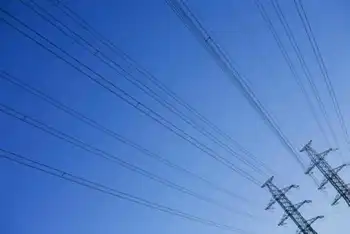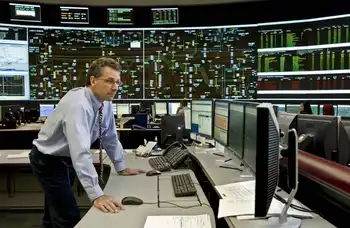Province pays to give away power
By Toronto Star
Electrical Testing & Commissioning of Power Systems
Our customized live online or in‑person group training can be delivered to your staff at your location.

- Live Online
- 12 hours Instructor-led
- Group Training Available
Ontario wholesale electricity prices were below zero for roughly a third of the 648 hours between March 24 and April 19, according to the province's Independent Electricity System Operator.
This means industrial and commercial electricity consumers who purchased power on the spot market got paid for one out of every three hours during the period.
Large customers in the United States were also able to import the power at a negative price. Together, these large users of electricity represent 30 per cent to 40 per cent of Ontario's power load.
The situation has many environmentalists questioning the need for a new nuclear plant at Darlington generating station.
"The whole rationale for nuclear was based on a large increase in demand, and as far as the market is showing that's just not true," said Jack Gibbons, chair of the Ontario Clean Air Alliance.
Nuclear is a ‘baseload’ source, meaning it generates power all the time and its output can't be turned up or down easily. The concern is that renewable energy, such as hydroelectric and wind power, will be curtailed every time the supply from nuclear exceeds demand.
For example, on Good Friday, April 10, prices were negative for 21 hours out of 24 hours of the day.
The Ontario Power Authority confirmed that the province has had to periodically "spill" water at its hydroelectric generation facilities in Niagara Falls as a way to cut back on supply. The good news is that the province has been burning relatively little coal over the past month.
Terry Young, a spokesperson for the system operator, said the situation is unprecedented and can be blamed on a "perfect storm" of conditions.
Demand is down because of a drop in economic activity, conservation efforts are beginning to take effect, and energy consumption tends to be low at this time of the year, he said.
Supply, meanwhile, has gone in the opposite direction. A winter thaw combined with high precipitation has hydroelectric reserves running at full tilt, more wind and natural gas generation is being added, and the province's nuclear fleet, including older reactors that have caused trouble in the past, are performing well.
"It's a very unusual situation," said Young. "We've seen negative pricing, but in seven years in the (competitive) market we've never seen it to this extent."
In an 18-month forecast issued last month, the system operator predicted that periods of surplus baseload generation will likely be more common, as restarted nuclear units and more wind projects are added to the system.
"With the expected return to service of Bruce nuclear units 1 and 2, in addition to more than 1,100 megawatts of installed wind capacity by summer 2010, periods of surplus baseload generation are expected to increase in this outlook period," it warned.
Under a contract between the Ontario Power Authority and Bruce Power signed in 2005, the government has guaranteed to buy all electricity that comes out of the two restarted units, totaling 1,500 megawatts, whether the province needs it or not.
It's a purchase guarantee the power authority doesn't currently plan to extend to renewable-energy developers hoping to take part in the province's new feed-in tariff program, which sets a fixed purchase price for generators of solar, wind, hydroelectric and biomass-based electricity.
The fixed price is intended to provide certainty for investors, but developers say that certainty is erased if the power authority doesn't guarantee to purchase all renewable electricity through the program.
"I understand their concern," said Amir Shalaby, vice-president of power system planning at the OPA, which is currently holding consultations with industry stakeholders before finalizing the rules of the program.
Shalaby said the situation around surplus baseload is why Ontario needs to add more flexibility to its system, whether in the form of expanded import-export dealings with Quebec, better management of power demand, or development of hydroelectric pumped storage within the province.











